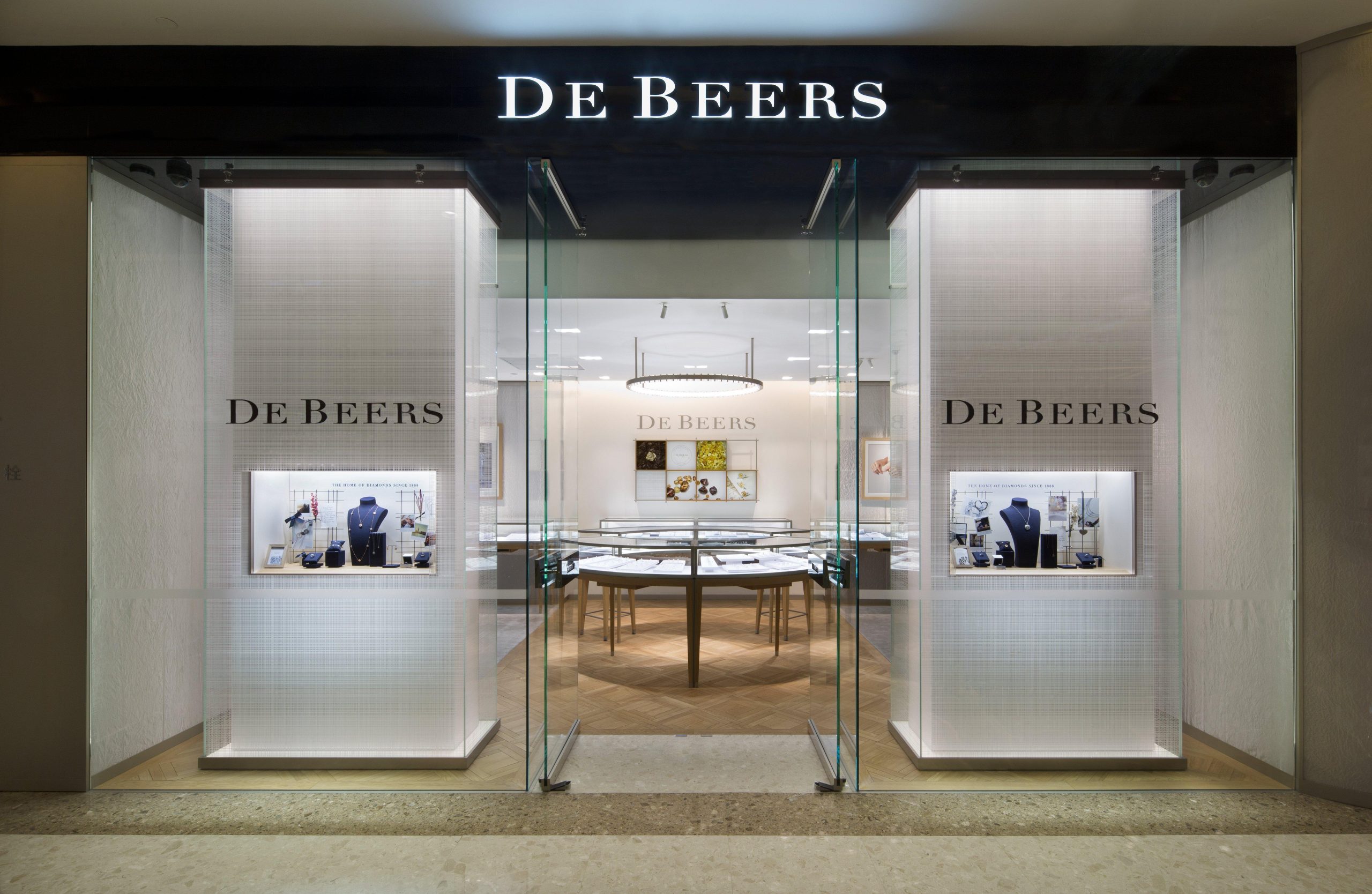The global diamond industry is facing unprecedented challenges, and iconic diamond brand De Beers is under increasing pressure. With Chinese retailers offloading finished diamonds due to weakened demand, De Beers now faces an added $2 billion inventory burden—bringing its long-standing prestige under serious scrutiny.
Massive Write-Down & Shrinking Valuation
In a recent announcement, Anglo American, the parent company of De Beers, revealed a $2.9 billion impairment charge on the diamond unit as part of its 2024 financial results. This marks the second write-down in two years, following a $1.6 billion hit in 2023. De Beers’ current book value has now fallen to approximately $4 billion, down from $8.5 billion in early 2023.
De Beers CEO Al Cook admitted in an earlier statement to the Financial Times that 2023 was a dismal year for rough diamond sales, a sentiment echoed by Anglo American’s CEO Duncan Wanblad, who described market conditions for 2024 as “exceptionally challenging.”
Lab-Grown Diamonds and Collapsing China Demand
A core factor in De Beers’ troubles is the rapid rise of lab-grown diamonds, which are marketed as more affordable and sustainable. Though De Beers entered the lab-grown space in 2018 to target eco-conscious consumers, this strategy inadvertently undercut its natural diamond business. In 2024, De Beers officially exited the lab-grown market.
Meanwhile, demand from China—a historically crucial market—has plummeted by 40% over the past two years. Retailers are now even reselling finished diamonds back to upstream suppliers to recoup costs, worsening inventory problems throughout the supply chain.
Anglo American’s CFO Stephen Pearce noted that high midstream inventories and sluggish Chinese demand led to a sharp drop in sales during the second half of 2024. The company also plans to cut 10 million carats from planned output, on top of the 6 million-carat reduction in 2024.
Identity Crisis & Strategic Shift
As natural diamond demand weakens and lab-grown diamonds gain traction, De Beers faces what industry insiders call an “identity crisis.” While Anglo American believes the negative effects of lab-grown diamonds can be overcome, analysts predict that lab-grown prices will continue to fall, further dividing the markets and reducing cannibalization risk.
Restructuring and Potential Sale
Amid these headwinds, Anglo American has been attempting to restructure De Beers into a standalone entity—possibly for sale or IPO. However, progress has been delayed due to ongoing market challenges. Wanblad confirmed a framework agreement with the Botswana government, which owns 15% of De Beers, to support a potential sale following several unsolicited acquisition offers.
“We are taking decisive steps to enhance short-term cash flow and position De Beers for long-term value,” Anglo American said in a statement. Still, Wanblad added: “I don’t expect significant progress in the first half of this year.”
Conclusion: A Shifting Landscape for Diamonds
De Beers, once the uncontested ruler of the diamond world with its famous slogan “A Diamond is Forever,” now faces rising competition from lab-grown diamonds and shifting consumer preferences. As the industry undergoes structural changes, price transparency, speed, sustainability, and digital adaptability may define the winners of the next decade.

